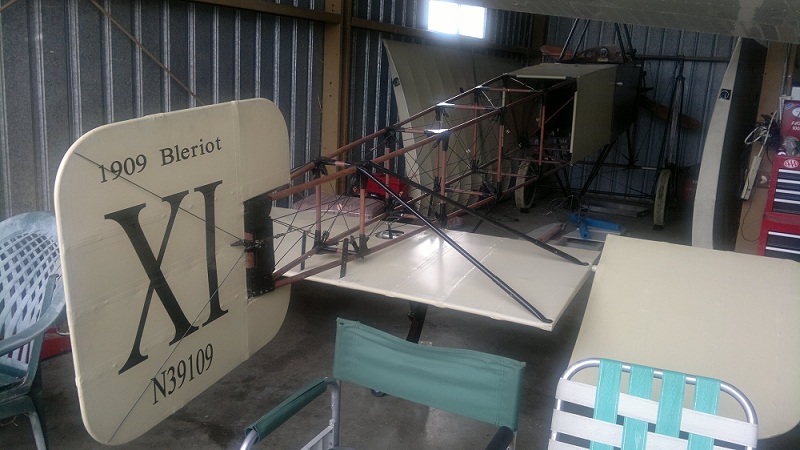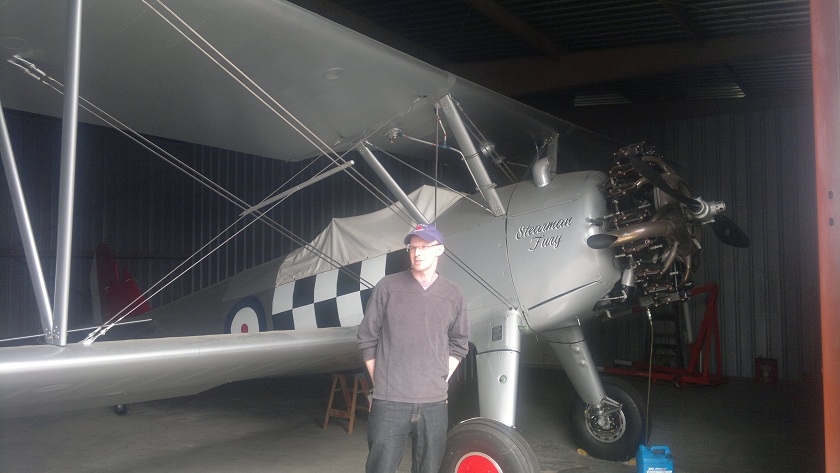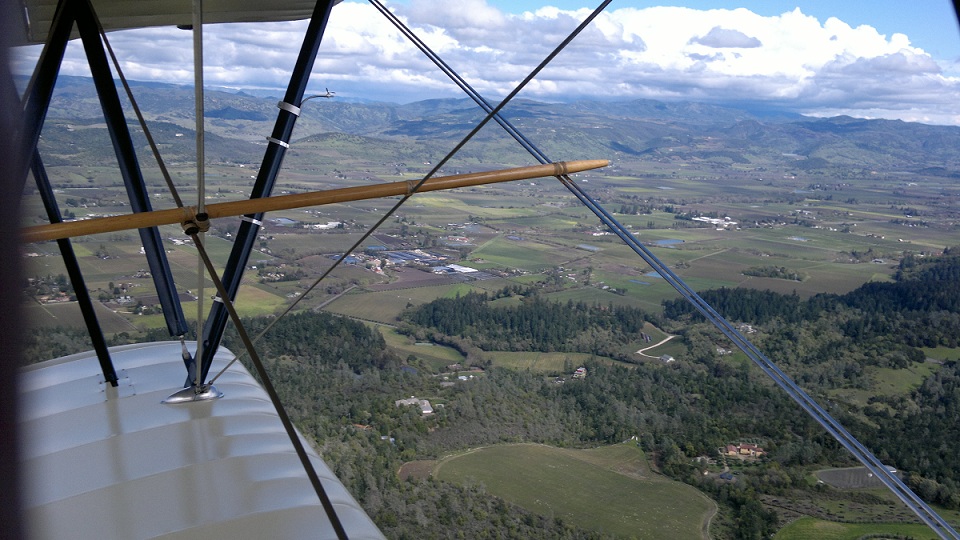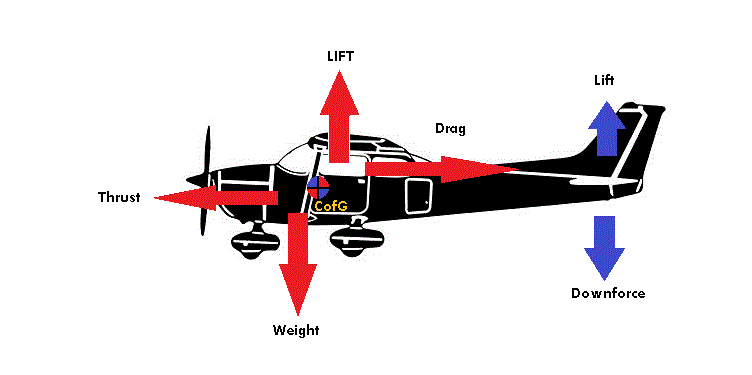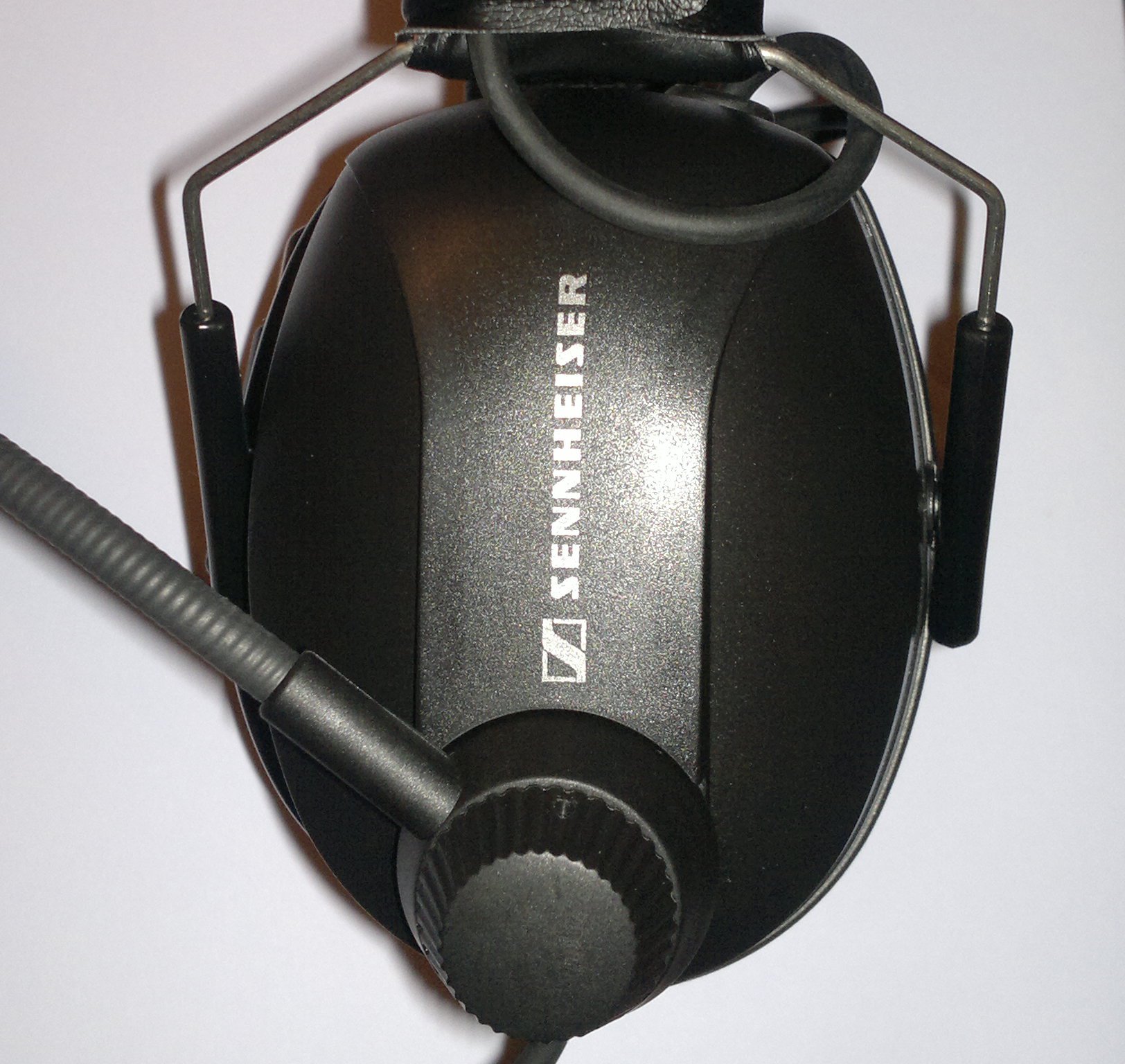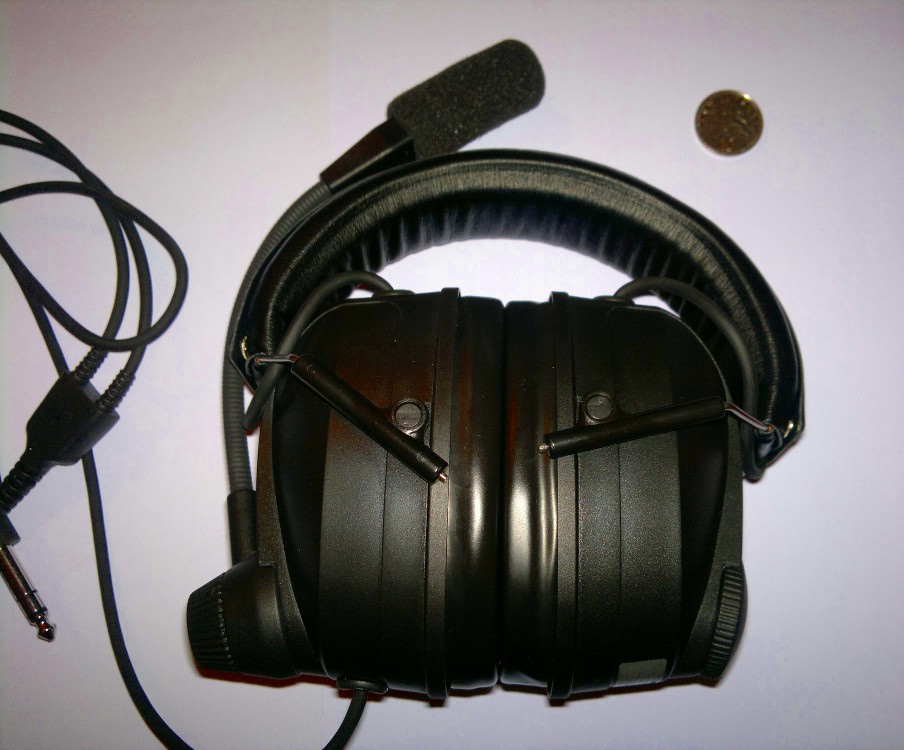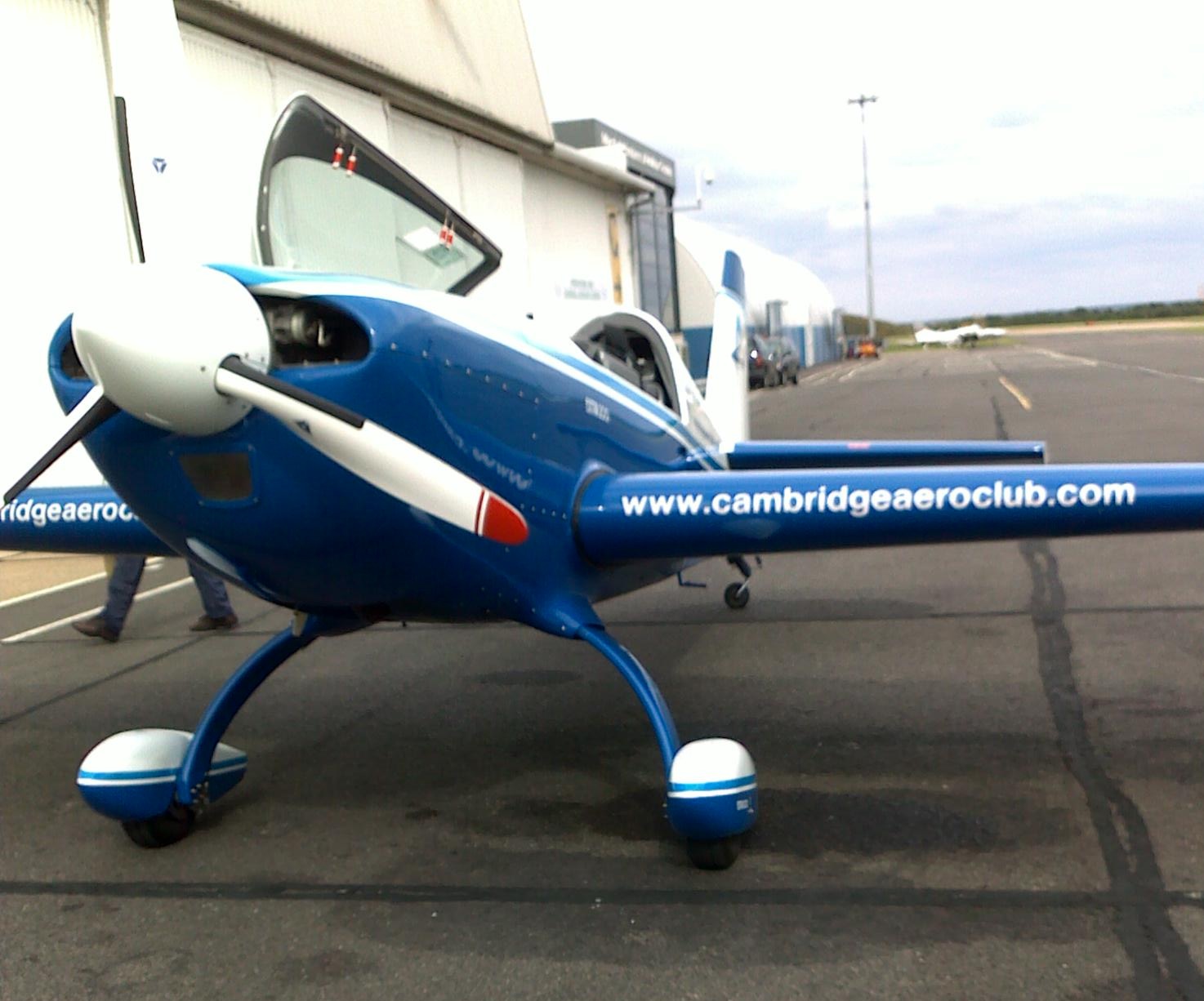Before I started learning to fly, I’d go on holiday and do typical holiday excursion things. Since starting to learn to fly – I’ve found myself looking almost permanently upwards (or at least once outside of LA).
This trip was to tour LA, Palm Springs, San Francisco and then drive back down the coast road via Santa Barbra back to LA.
Palm Springs – Blue Skies
I didn’t really think through the idea of going flying in the states before leaving, but once we hit Palm Springs, with its seemingly infinite blue skies – time to start emailing local flight instructors who could get me up there!
Having left it late to start asking around and with limited time, it was never going to be easy – Palm Springs was a no go, instructors were busy or I was busy. Shame, I have to go back there to do some flying, you can’t imagine the vastness of the blue cloudless skies until you really experience it. I’ve developed a new appreciation of deserts 🙂
San Francisco
It rains in the UK and they say we like nothing more then to talk about the weather, or at least I thought it rained in the UK. Not like it does in San Francisco!!
At about 5am it must have started raining, not drizzle, the real deal full on soaking rain. We were out doing tourist stuff all day and it didn’t let up until maybe gone 10pm – normally you get gaps, clearly when it wants to rain in San Francisco, it just rains!
The next day with the last of my emails to local flight instructors drawing blank and the weather not looking to improve. I decided we should be spontaneous, hire a car for the day and just drive up to Napa and see what we find.
Over breakfast my wife found an advert for a vintage aircraft company. Great we’ll aim for that and if it doesn’t pan out, we’ll be in Napa the weather was set to be good and we’d go try some wine – life could be worse 🙂
We found it easy enough, but pulling into the small airfield car park things didn’t look very promising. There were no cars in the car park for a start and the place that looked to be the premises of ‘Vintage Aircraft Co.’ looked pretty silent. After a stroll over to confirm nobody was home, it was back in the SUV to see if a last, slightly desperate attempt to give them a call yielded any success.
As the phone just rang out continuously and I began to accept fate, a camper van came out of the main hanger area of the airfield and pulled up alongside us.
“Hey, how’s it going……if you’re looking for…..I think they’ve packed up for the day”
“Oh really, I was hoping to go flying – I’m learning in the UK.”
“Wanna to see some cool stuff?? ………follow me.”
I had no idea who this guy was, but the offer of seeing some “cool stuff” sounded to tempting to pass up – especially as the hope of getting up in the air had just been shot down.
He spun his camper round and headed back into the airfield, we did similar and followed him up to the hangers.
At this point, when he was about to pull back the doors to the hanger I had expectations of seeing his plane, maybe it was a C172 he was proud of, or maybe something a bit more expensive like an SR22, or perhaps older like a Tiger Moth.
What I didn’t expect to see, was a replica, 1909 Bleriot! But that’s what he had….
Ticks the box for something cool, especially as he built it in 29 days! It turned out that I was talking to Eric Presten. He’s got all the right stamps of approval for building and flying such stuff and probably best known for publishing Vintage Flyers photo book of almost every old and cool plane that has ever taken to the air. It cost me the price of the book, but I did get my copy signed 🙂
Next to the Bleriot (see it run up its engine here) was his Cessna 182, sorry no pictures of that, Google has enough already if you want to see one.
The tour didn’t stop there though, following a motion of did I want to see some more cool stuff, we closed the hanger doors and headed off on foot round the corner.
As the hanger door opened a very shiny plane stood before me (1928, Stearman).
Ok, I hadn’t managed to get into the air, but this was turning out to be a pretty successful day none the less and Eric was a really nice guy to chat to about all things planes.
As he was closing up, I figured it was worth a punt and asked if he knew anyone in the area that might be able to get me up in the air today…..
“Oh yeah sure, follow me….”
We jumped in the SUV, drove out of the small (by UK standards, pretty random) airfield and up the road for about 3-6 miles – to yet another small, slightly random airfield.
Eric was telling me that there was a flight school here so there should be no problem getting up in a C172. Great, I fly those here, so things were looking very much up.
The next thing I remember hearing was: “Hey, Bob’s in town….”
I’m sure this was meant to mean something, of course Bob, everyone knows Bob. Don’t they?
When the next sentence was “…..and he has a bi-plane.” Bob quickly became someone I needed to know 🙂
It turned out that Bob didn’t just have any old bi-plane, he had a 1926 Travel Air 4000. Believed to basically be the last one of its kind flying.
I was now presented with options and a bit of a dilemma.
Either go flying in a C172, which you can do pretty much anywhere and I do basically every other weekend or so – but get to fly the plane.
Or go up in a 1926 Travel Air 4000, last of its kind, very cool plane, probably once in a life time – but only get into the sky as a passenger.
Not that tough a decision, once in a life time Vs every other weekend…… It had to be a spin up in the Travel Air!
We did a deal with Bob, in his words “I like flying, not business….” so I think we covered his costs of flying the plane and made him a bit of cash for the day – but we got a deal way better than what you’d get if you did an air tour in San Francisco (usually also sharing the experience with 6 others etc.)
Bob flew us out almost to the coast, over the wine valley’s and along the hills – we flew pretty low, if we were higher than 1200ft I’d be amazed. It was a really, really good trip up and the views were well, the only way to see Napa to be honest. On the return leg he decided to have a bit of fun with it, pulled back on the stick and we were aiming for the gods…….before cutting the throttle yawing the plane 180 degrees to point back at the ground and then into a dive. Brilliant!! Bi-planes, fly slow and this maneuver in them always looks like (from the ground) they’re turning almost on the spot, mid-air. To make sure we got our moneys worth, he did it again 🙂
Aviation People are Great People
Since I started learning to fly, I’ve met a lot of people who fly or are learning to fly. It never ceases to amaze me how much they all seem to be willing to help you out, show you something cool they’ve got, take you 6 miles up the road to find someone who can take you flying or just buy you a beer.
I can’t thank Eric and Bob enough for helping sorting this trip out, it was just fantastic.
…….and the last thing to put a smile on my face. When we landed, I was chatting to the guy who ran the flight school there, asking how much it cost. $139/hour with an instructor! Just to put that in perspective, it costs me £179/hour. It makes the idea of going out there for 1-2 weeks and just building a stack of flight hours very tempting.

